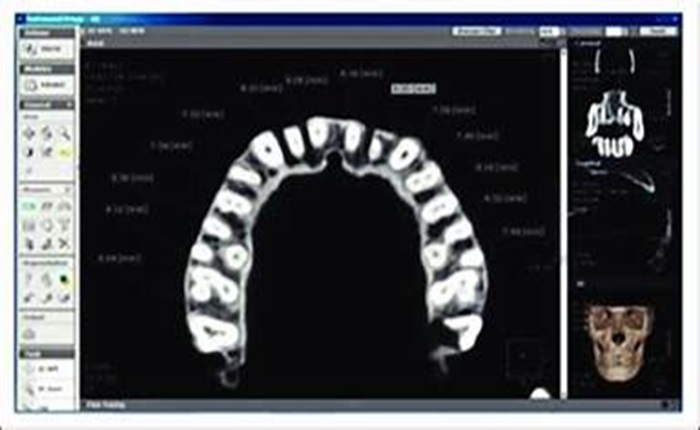Did you know that nearly 15% of dental offices face medical emergencies each year?
These situations can range from allergic reactions to sudden cardiac arrests, requiring immediate and skilled intervention. This makes Basic Life Support in Dental emergencies a critical skill for every dental professional. In such cases, knowing how to apply BLS Certification training can mean the difference between life and death.
In this blog, we’ll cover the fundamentals of Basic Life Support (BLS), outline the importance of BLS certification, and walk you through the steps to handle dental emergencies. We’ll also discuss how and when to renew BLS certification to ensure you’re always prepared. (In no way does this guide replace completing a certified BLS course.)
What Is Basic Life Support (BLS) in Dental Emergencies?
Basic Life Support in Dental emergencies refers to the immediate care provided to patients experiencing life-threatening medical events. BLS consists of basic interventions like CPR (Cardiopulmonary Resuscitation), rescue breathing, and using an AED (Automated External Defibrillator). Dental professionals certified in BLS are equipped to stabilize a patient until advanced medical help arrives.
In a dental setting, emergencies can occur without warning. While some might be minor, others – such as cardiac arrest – can require immediate action. Knowing BLS techniques is important for providing the right care and maintaining patient safety.
Why Is BLS Certification Important for Dental Professionals?
Every dental office needs a team trained in BLS certification. Dental treatments involve the use of medications and procedures that can sometimes trigger severe reactions like respiratory distress, fainting, or even cardiac events. BLS certification ensures that dental professionals have the training required to assess the situation, act quickly, and manage it effectively.
Certification also demonstrates a commitment to patient safety, an area often emphasized by regulatory bodies and dental associations. Furthermore, maintaining a current BLS certification ensures that you and your staff are familiar with the latest guidelines and techniques in life-saving care.
Steps to Handle a Dental Emergency with BLS
Understanding the steps of Basic Life Support in Dental settings is consequential for responding effectively to emergencies. Here’s a breakdown of what dental professionals should do:
1. Assess the Situation and Ensure Safety
Before initiating care, check the surroundings to ensure the area is safe for both the patient and the care provider. If the patient is unconscious or unresponsive, this is a clear signal to begin the BLS protocol.
2. Call for Help
Immediately notify your office team and call emergency services. Quick communication is key to ensuring that professional medical assistance is on the way while you start the BLS process.
3. Begin CPR
If the patient is not breathing and has no pulse, start CPR. Follow the correct compression-to-breath ratio (30 compressions followed by two breaths for adults). Maintain chest compressions at a rate of 100-120 per minute until help arrives or the patient shows signs of recovery. BLS certification covers proper hand placement, depth of compressions, and rhythm, all paramount for effective CPR.
4. Use an AED (Automated External Defibrillator)
Many dental offices are equipped with AEDs, which are critical for treating patients with sudden cardiac arrest. The AED guides the user through the steps needed to shock the patient’s heart and restore a normal rhythm. Ensure your team is trained to use an AED properly.
5. Monitor and Maintain Airway
If the patient is unconscious but breathing, monitor their airway to prevent blockage. This could involve tilting the patient’s head back to open the airway or using a rescue mask if necessary. Oxygen should always be administered if available, to support the patient’s breathing until professional help arrives.
When and How to Renew BLS Certification
BLS certification is not a one-time qualification. It typically needs to be renewed every two years, as the American Heart Association and other certifying bodies frequently update guidelines based on new research and medical advancements. To maintain proficiency, all dental professionals should renew BLS certification on time.
The renewal process usually involves a refresher course that reviews critical life-saving techniques, hands-on practice, and updates to the protocols. In many cases, renewal courses are available online or as hybrid sessions, allowing flexibility for dental professionals.
Benefits of Regular BLS Certification Renewal
- Staying Updated: Medical guidelines for CPR, AED use, and emergency care are regularly updated. Renewing your certification ensures that you and your team are familiar with the latest best practices.
- Building Confidence: Regularly practicing and reviewing life-saving techniques boosts confidence, so when a dental emergency arises, you can act quickly and efficiently.
- Compliance: Many states and dental boards require that dental professionals maintain up-to-date BLS certification. Renewing ensures your practice remains compliant with legal and professional standards.
Key Takeaways for BLS in Dental Emergencies
Being prepared for emergencies is a key responsibility in any dental practice. BLS certification ensures dental professionals are equipped to respond confidently and effectively to life-threatening situations. Here’s a recap of what we’ve covered:
- Basic Life Support in Dental Settings involves initiating emergency services, CPR, rescue breathing, and AED use, providing care until advanced help arrives.
- Certification is very important for ensuring patient safety and meeting legal requirements.
- BLS Certification covers how to respond to emergency situations, from fainting to cardiac arrest.
- Remember to regularly renew BLS certification to stay up to date with the latest techniques and maintain compliance with industry standards.
Having a team trained in BLS ensures that your practice can handle emergencies effectively, giving patients peace of mind and potentially saving lives. By staying committed to regular training and certification renewal, you enhance your ability to provide exceptional care when it matters most. Dental emergencies can happen at any time, and being prepared is the best way to protect both your patients and your practice.
References
- American Heart Association: BLS for Healthcare Providers
- Occupational Safety and Health Administration: Dental Safety
 Take Free TSBDE Anesthesia Jurisprudence Practice Exam Now!
Take Free TSBDE Anesthesia Jurisprudence Practice Exam Now!












